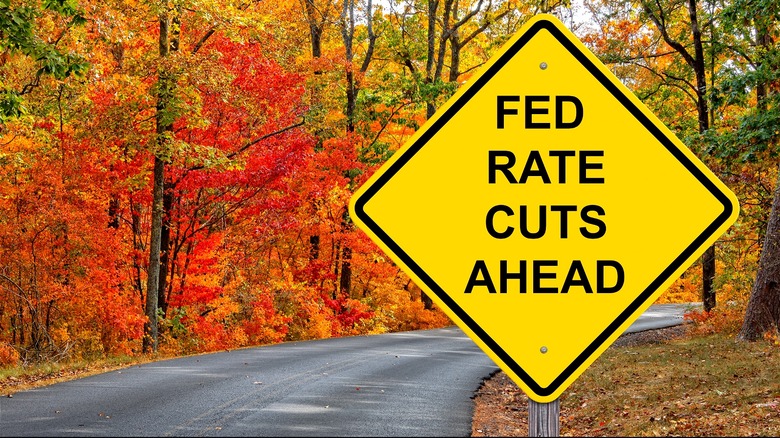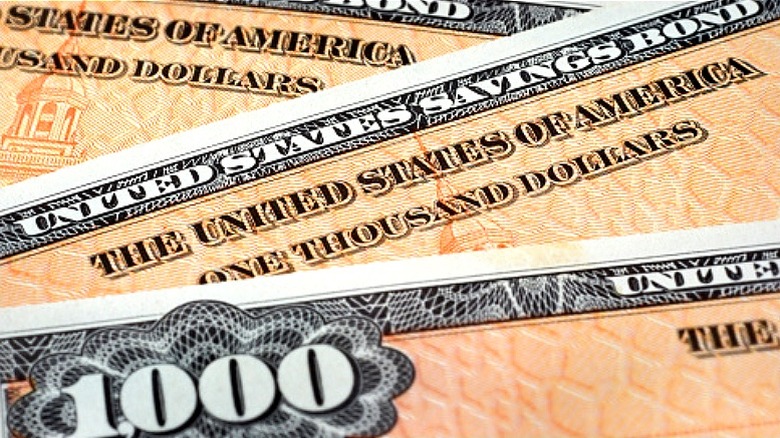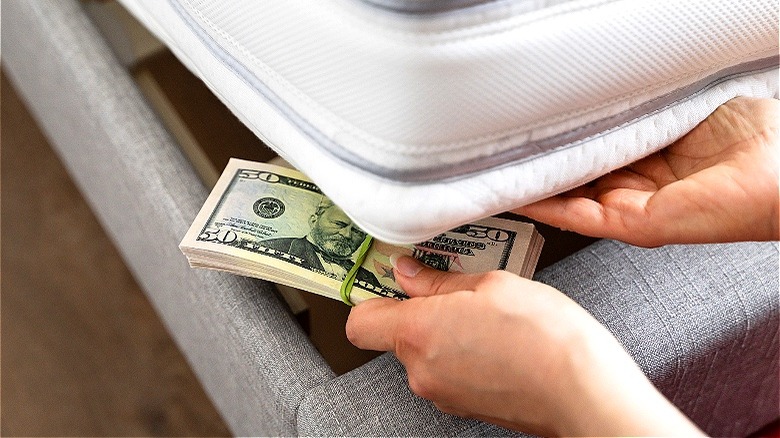Lower Interest Rates Are Coming: Here's How Some Investors Stay Prepared
While the exact size and total number of interest rate cuts is still a hotly debated topic, virtually all analysts and investors are expecting the Federal Reserve to lower its benchmark federal funds rate at least once before year-end. Furthermore, many experts are expecting this rate cut to occur at the Fed's next meeting on September 17-18, which will avoid the appearance of being politically motivated as the 2024 presidential election looms large.
In theory, falling interest rates should be viewed as a negative indicator for the stock market, as it means the economy is slowing, or worse, entering a recession. However, in practice, the opposite has been true. Whether Americans will have to survive a recession or not, the market has traditionally performed well with the grease of looser monetary policy, though there may be an initial downturn.
Lower interest rates will also require reevaluating one's fixed-income holdings, such as bonds, certificates of deposit, and even short-term places to park money, like savings accounts and money-market funds. All these instruments will be affected for both better and worse by changes in ambient interest rates. During my two-plus decades as an investor, both as a FINRA-licensed professional and in a personal capacity, I've witnessed multiple rate-cut cycles and their outcomes. Here's what you can do to position yourself accordingly for the upcoming lower-interest-rate environment that appears to be a foregone conclusion.
Buy bonds or CDs before rates fall
Many investors might not realize that bonds — issued by corporations, as well as the Department of the Treasury, municipalities, etc. — can be subject to price fluctuations, just like stocks. Of course, if you hold a bond to maturity, you're typically guaranteed to receive the "par value" (or face value) at maturity. Ditto for brokered certificates of deposits (CDs), which are a more liquid, tradable version of the CDs you might obtain from your local bank.
For example, a bond with a fixed interest rate and a 10-year term purchased for $1,000, with a face value of $1,000, in 2015, will return $1,000 to its owner in 2025, plus interest, of course. However, during that 10-year period, the bond's value may have dipped to $900 (or less) or appreciated up to $1,100 (or more) — depending on ambient interest rates. That's because a bond (or a CD) with a 4% rate of interest will sell for a discounted price when newly issued bonds with similar maturities are yielding 5%. Inversely, that same 4% bond will sell at a premium price when ambient interest rates are at 3%.
Purchasing bonds as a portion of your investment portfolio sooner-than-later may be a last, good opportunity to take advantage of higher yields before the Fed begins its cycle of cutting rates. If held to maturity, you'll possibly enjoy a higher yield than may be available going forward. Alternatively, you might wish to later sell such bonds for a profit before maturity to buy a different investment, such as stocks.
Don't attempt to time the market
Some experts attribute the Fed's upcoming rate cuts as occurring because inflation is beginning to moderate and higher rates are no longer needed. Yet, that view ignores the potential for an economic slowdown, or even a recession, as the true reason for lowering rates. If the U.S. economy is indeed sputtering, that could give stock investors the jitters and spur a correction, or even a crash. Note the difference between a correction and a crash is that crashes involve a drop of 20% or more in value.
That said, an initial negative market reaction to rate cuts, which are necessary to stave off recession, may soon be offset by the positive effect of lower rates. That's because lower interest rates encourage and enable increased consumer spending. As well, businesses will find it less expensive to issue debt to expand and purchase new equipment.
It's often been called a fool's errand to try to time the stock market for the best buying opportunities. Instead, use methods like dollar-cost averaging, where you buy a fixed dollar amount of an ETF, an index fund, or an individual stock periodically. That way, you'll buy more shares when prices fall and less when prices rise. Just keep reminding yourself that stocks have historically performed well after rate-cut cycles, although it might not feel that way at first.
Know when to stop holding cash
Currently, your uninvested cash can be parked in a savings account, a money-market fund, or a "sweep account" at a rate hovering ~5% at top yielding banks and investing platforms. That's a nice, risk-free return while you contemplate your next investing move. However, once the Fed starts slashing rates, those healthy short-term yields will disappear in tandem.
For instance, for much of the decade of 2010 to 2019, money-market and savings account yields were essentially zero. At one or two select points during that time, you might've been lucky enough to earn 0.25% interest on your money. Today's 5% short-term yields are eventually headed in that direction, so it'll be important not to leave uninvested funds in these types of accounts for long once their rates are no longer attractive. Alternatively, there's still time left to lock in some longer-term, risk-free yield by buying longer-term CDs or Treasury instruments before the rate cuts begin in earnest.
Finally, if you've been on the fence about purchasing a home, history may show that now is a good opportunity. Yes, home prices are at or near record highs in many cities, but lower mortgage rates as an indirect result of Fed rate cuts could release pent-up demand that will drive real estate prices even higher. If you lock-in at today's prices, you can always refinance your mortgage later if rates indeed fall substantially.



